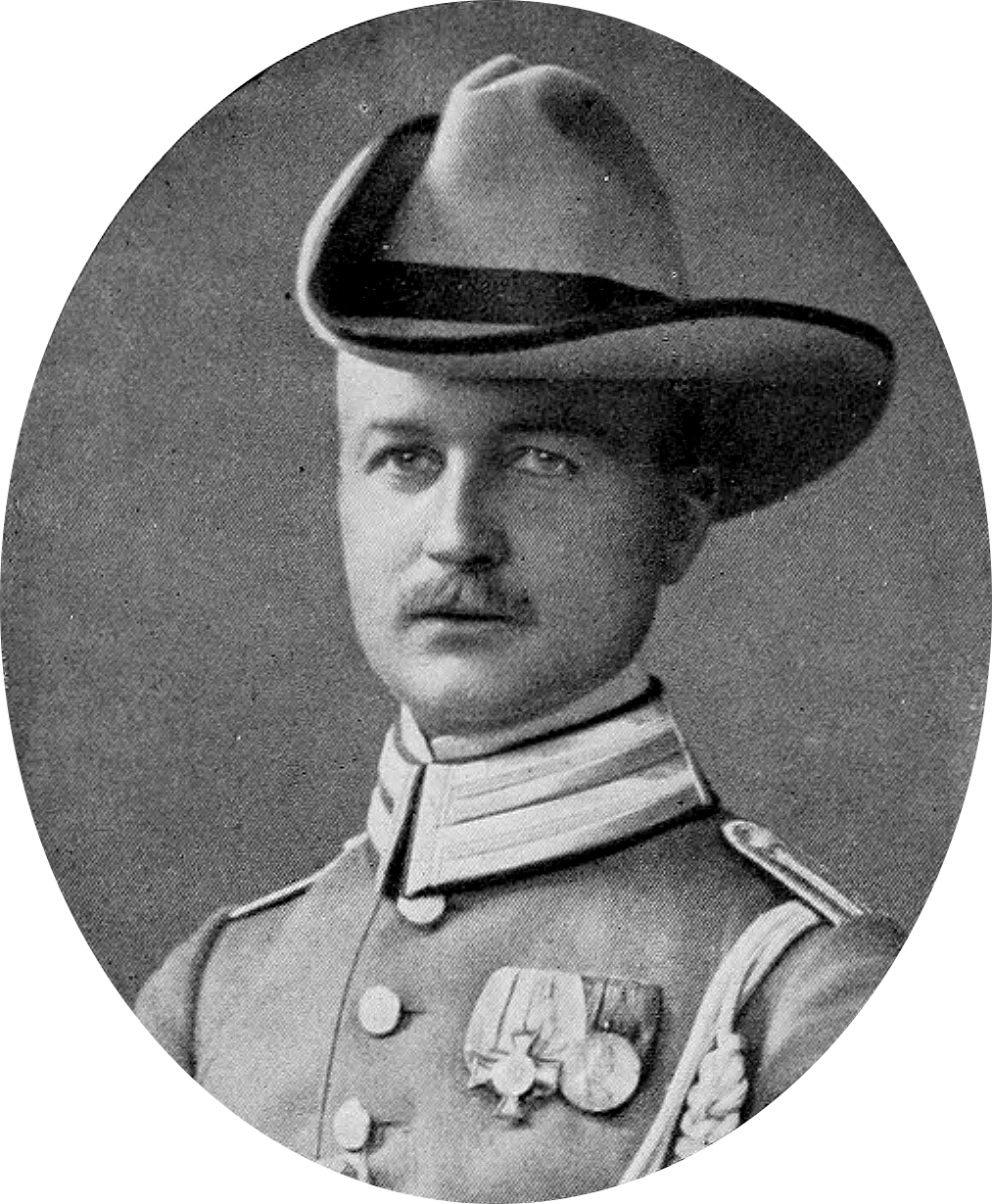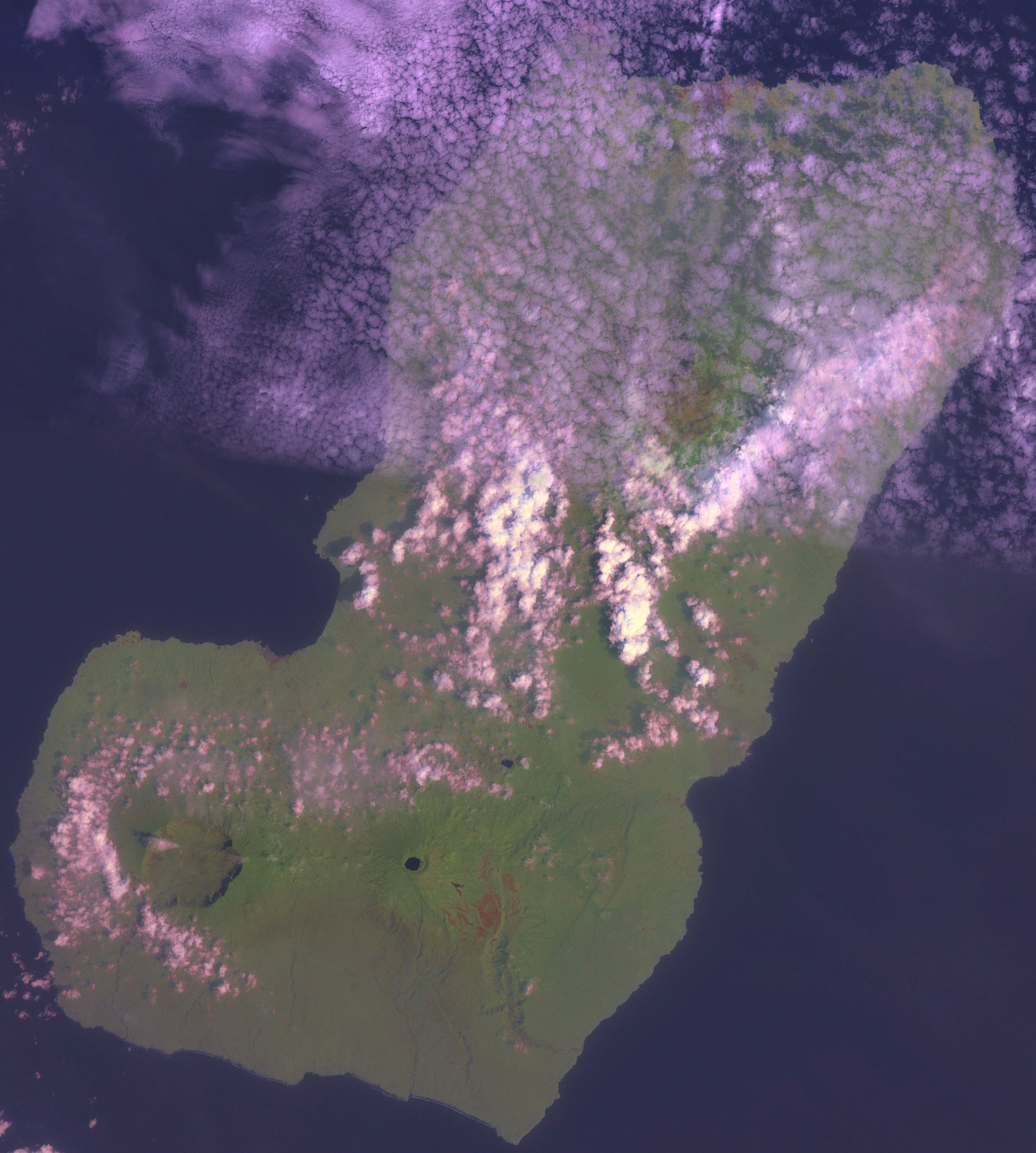|
Cymothoe Owassae
''Cymothoe owassae'' is a butterfly in the family Nymphalidae. It is found on Bioko Bioko (; historically Fernando Po; bvb, Ëtulá Ëria) is an island off the west coast of Africa and the northernmost part of Equatorial Guinea. Its population was 335,048 at the 2015 census and it covers an area of . The island is located of ... an island off the west coast of Africa. References Butterflies described in 1916 Cymothoe (butterfly) Endemic fauna of Equatorial Guinea Butterflies of Africa Taxa named by Arnold Schultze {{Limenitidinae-stub ... [...More Info...] [...Related Items...] OR: [Wikipedia] [Google] [Baidu] |
Arnold Schultze
Arnold Schultze (24 March 1875 – 22 August 1948) was a German officer, geographer, and entomologist who specialised in Lepidoptera. His 1916 collections of African Rhopalocera (1916) are in the State Museum of Natural History Stuttgart. Later collections of Lepidoptera from Colombia (1920, 1926 and 1927), Ubangi, Congo (1929 and 1931), Cameroon and Lake Chad Lake Chad (french: Lac Tchad) is a historically large, shallow, endorheic lake in Central Africa, which has varied in size over the centuries. According to the ''Global Resource Information Database'' of the United Nations Environment Programme, ... (1932) and Ecuador (1935 and 1939) are in the Natural History Museum in Berlin. Publications Partial list *1920 Lepidoptera. 11. Teil. ''Ergebnisse. der Zweiten Deutschen Zentral Afrika Expedition''. 2910-11. Vol. 1, Part 14, pp. 639–837 *1929. Die ersten Stände von drei kolumbianischen hochandinen Satyriden. ''Deutsche Entomologische Zeitschrift'' Iris, 43: 1 ... [...More Info...] [...Related Items...] OR: [Wikipedia] [Google] [Baidu] |
Butterfly
Butterflies are insects in the macrolepidopteran clade Rhopalocera from the order Lepidoptera, which also includes moths. Adult butterflies have large, often brightly coloured wings, and conspicuous, fluttering flight. The group comprises the large superfamily Papilionoidea, which contains at least one former group, the skippers (formerly the superfamily "Hesperioidea"), and the most recent analyses suggest it also contains the moth-butterflies (formerly the superfamily "Hedyloidea"). Butterfly fossils date to the Paleocene, about 56 million years ago. Butterflies have a four-stage life cycle, as like most insects they undergo complete metamorphosis. Winged adults lay eggs on the food plant on which their larvae, known as caterpillars, will feed. The caterpillars grow, sometimes very rapidly, and when fully developed, pupate in a chrysalis. When metamorphosis is complete, the pupal skin splits, the adult insect climbs out, and after its wings have expanded and dried, it fli ... [...More Info...] [...Related Items...] OR: [Wikipedia] [Google] [Baidu] |
Nymphalidae
The Nymphalidae are the largest family of butterflies, with more than 6,000 species distributed throughout most of the world. Belonging to the superfamily Papilionoidea, they are usually medium-sized to large butterflies. Most species have a reduced pair of forelegs and many hold their colourful wings flat when resting. They are also called brush-footed butterflies or four-footed butterflies, because they are known to stand on only four legs while the other two are curled up; in some species, these forelegs have a brush-like set of hairs, which gives this family its other common name. Many species are brightly coloured and include popular species such as the emperors, monarch butterfly, admirals, tortoiseshells, and fritillaries. However, the under wings are, in contrast, often dull and in some species look remarkably like dead leaves, or are much paler, producing a cryptic effect that helps the butterflies blend into their surroundings. Nomenclature Rafinesque introduced th ... [...More Info...] [...Related Items...] OR: [Wikipedia] [Google] [Baidu] |
Bioko
Bioko (; historically Fernando Po; bvb, Ëtulá Ëria) is an island off the west coast of Africa and the northernmost part of Equatorial Guinea. Its population was 335,048 at the 2015 census and it covers an area of . The island is located off the Ambazonian segment of Cameroon, in the Bight of Biafra portion of the Gulf of Guinea. Its geology is volcanic; its highest peak is Pico Basile at . Malabo, on the north coast of the island, is the capital city of Equatorial Guinea. Etymology Bioko's native name is ''Ëtulá Ëria'' in the Bube language. For nearly 500 years, the island was known as ''Fernando Po'' ( pt, Fernando Pó, links=no; es, Fernando Poo, links=no), named for Portuguese navigator Fernão do Pó. Between 1973 and 1979 the island was named ''Macías Nguema Biyogo'' after the then president of Equatorial Guinea; the current name, Bioko, dates from 1979 and is in honour of politician Cristino Seriche Bioko. Geography Bioko has a total area of . It is long ... [...More Info...] [...Related Items...] OR: [Wikipedia] [Google] [Baidu] |
Butterflies Described In 1916
Butterflies are insects in the macrolepidopteran clade Rhopalocera from the order Lepidoptera, which also includes moths. Adult butterflies have large, often brightly coloured wings, and conspicuous, fluttering flight. The group comprises the large superfamily Papilionoidea, which contains at least one former group, the skippers (formerly the superfamily "Hesperioidea"), and the most recent analyses suggest it also contains the moth-butterflies (formerly the superfamily "Hedyloidea"). Butterfly fossils date to the Paleocene, about 56 million years ago. Butterflies have a four-stage life cycle, as like most insects they undergo complete metamorphosis. Winged adults lay eggs on the food plant on which their larvae, known as caterpillars, will feed. The caterpillars grow, sometimes very rapidly, and when fully developed, pupate in a chrysalis. When metamorphosis is complete, the pupal skin splits, the adult insect climbs out, and after its wings have expanded and dried, ... [...More Info...] [...Related Items...] OR: [Wikipedia] [Google] [Baidu] |
Cymothoe (butterfly)
''Cymothoe'' is a genus of butterflies in the subfamily Limenitidinae, the admirals and relatives. They are known commonly as gliders.Van Velzen, R., et al. (2009)A new hidden species of the ''Cymothoe caenis''-complex (Lepidoptera: Nymphalidae) from western Africa.''Zootaxa'' 2197, 53-63. The genus is distributed in the Afrotropical realm, where species are found mainly in forest habitat. mainly in the Guinean Forests of West Africa and the Congolian forests. Description These are medium-large to large-size (wingspan 40-70 millimetres) often quite colourful butterflies. Species in this genus exhibit a number of different colours and patterns. Among the most remarkable are a number of species where the upperside is solid coloured bright red or orange. Another group is largely pale yellow; others deep ochreous yellow and chocolate brown or pure white. Biology The larvae feed on various shrubs and trees. Recorded host genera include '' Rawsonia'' and ''Kiggelaria'' (Achariaceae) ... [...More Info...] [...Related Items...] OR: [Wikipedia] [Google] [Baidu] |
Endemic Fauna Of Equatorial Guinea
Endemism is the state of a species being found in a single defined geographic location, such as an island, state, nation, country or other defined zone; organisms that are indigenous to a place are not endemic to it if they are also found elsewhere. For example, the Cape sugarbird is found exclusively in southwestern South Africa and is therefore said to be ''endemic'' to that particular part of the world. An endemic species can be also be referred to as an ''endemism'' or in scientific literature as an ''endemite''. For example ''Cytisus aeolicus'' is an endemite of the Italian flora. ''Adzharia renschi'' was once believed to be an endemite of the Caucasus, but it was later discovered to be a non-indigenous species from South America belonging to a different genus. The extreme opposite of an endemic species is one with a cosmopolitan distribution, having a global or widespread range. A rare alternative term for a species that is endemic is "precinctive", which applies t ... [...More Info...] [...Related Items...] OR: [Wikipedia] [Google] [Baidu] |
Butterflies Of Africa
Butterflies are insects in the macrolepidopteran clade Rhopalocera from the order Lepidoptera, which also includes moths. Adult butterflies have large, often brightly coloured wings, and conspicuous, fluttering flight. The group comprises the large superfamily Papilionoidea, which contains at least one former group, the skippers (formerly the superfamily "Hesperioidea"), and the most recent analyses suggest it also contains the moth-butterflies (formerly the superfamily "Hedyloidea"). Butterfly fossils date to the Paleocene, about 56 million years ago. Butterflies have a four-stage life cycle, as like most insects they undergo complete metamorphosis. Winged adults lay eggs on the food plant on which their larvae, known as caterpillars, will feed. The caterpillars grow, sometimes very rapidly, and when fully developed, pupate in a chrysalis. When metamorphosis is complete, the pupal skin splits, the adult insect climbs out, and after its wings have expanded and dried ... [...More Info...] [...Related Items...] OR: [Wikipedia] [Google] [Baidu] |

_male_in_flight.jpg)
.jpg)

.jpg)